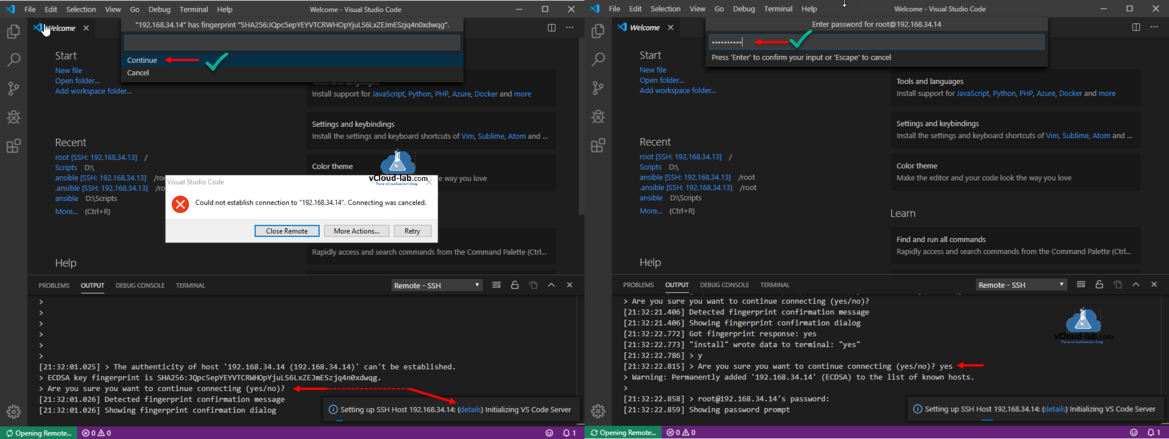

#Untar .tar download
You can create a similar setup or download our example files using the wget command. To prepare for this guide, we created an example folder filled with a range of different files and a subdirectory. Luckily, it is an easy tool to use and will not take very long to understand fully.ġ. The tar command is incredibly useful for archiving and extracting tar archives.
#Untar .tar archive

-v or -verbose enables feedback on how the tar command progresses with its task.-f or -file allows you to specify the name of the archive file.You can further specify specific files to extract from the archive. -x, -extract, or -get will extract files from the specified archive.-c or -create enables the creation of a new archive file.Below is a summary of the most common options. There are many options that you can use with the tar command. For example, to create an archive, you will use -c or -create here.Īrchive-name is where you enter the name of the tar archive you wish to create or extract.įiles are where you enter either the files or directories that you wish to be archived or extracted. Options are where you place a wide number of options to change the default behavior of the tar command. For example, options that affect the operation include extracting or creating archives. However, there are times when the syntax will differ slightly due to different options being used. The typical syntax of the tar command is below. If you are running CentOS or Fedora, you need to run the command below.
#Untar .tar install
To install the tar package for Ubuntu or Debian, simply enter the following command.

However, you can easily install it with a single command line if not already installedġ. The tar package should already be installed on your Linux-based distribution.


 0 kommentar(er)
0 kommentar(er)
